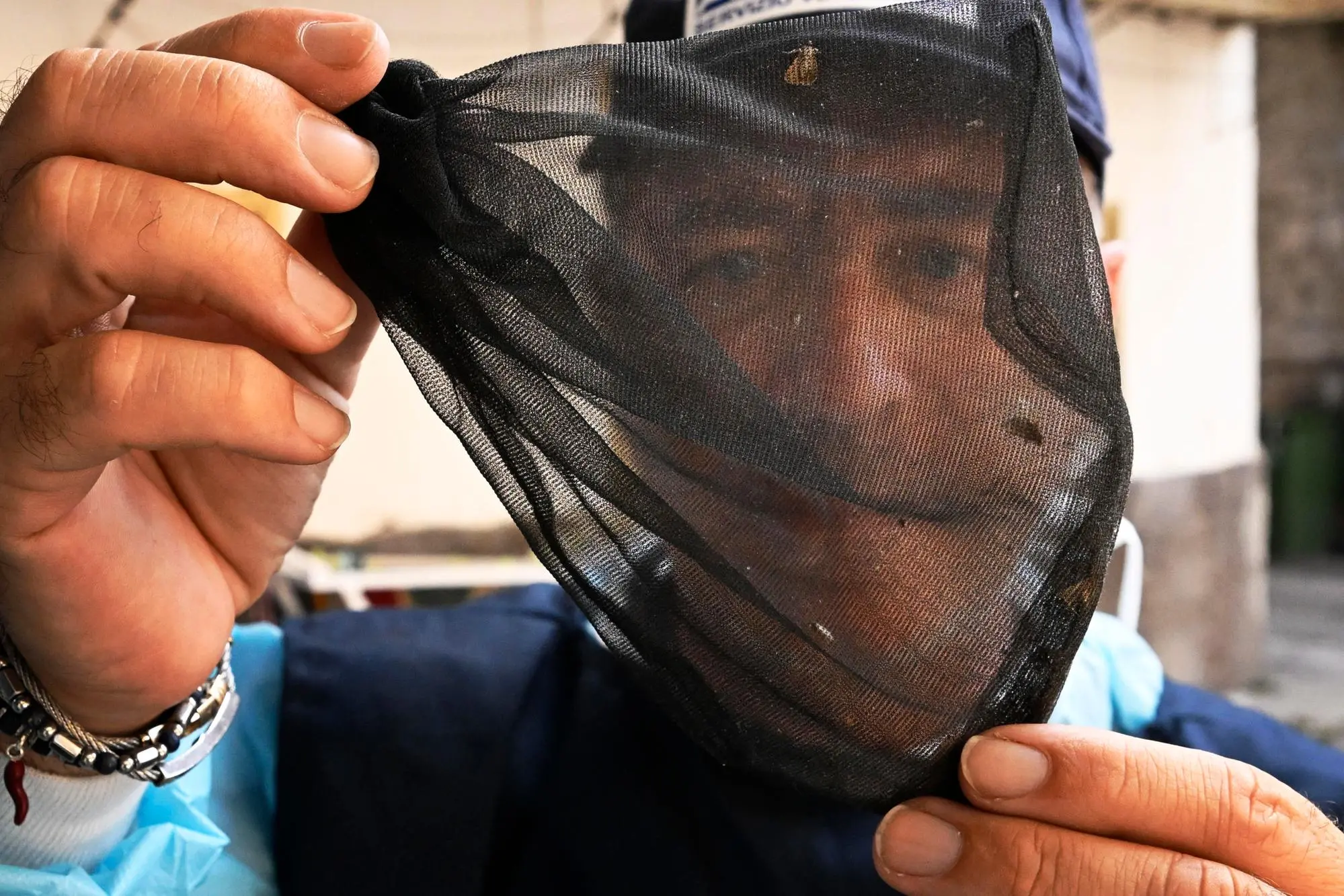TEMI CALDI DI OGGI:
×
Aggiorna il tuo browser
Gentile utente,
stai utilizzando un browser non supportato.
Per visualizzare al meglio il sito de L’Unione Sarda.it ti consigliamo di scaricare l’ultima versione di uno dei browser supportati:
Il Team de L’Unione Sarda.it
